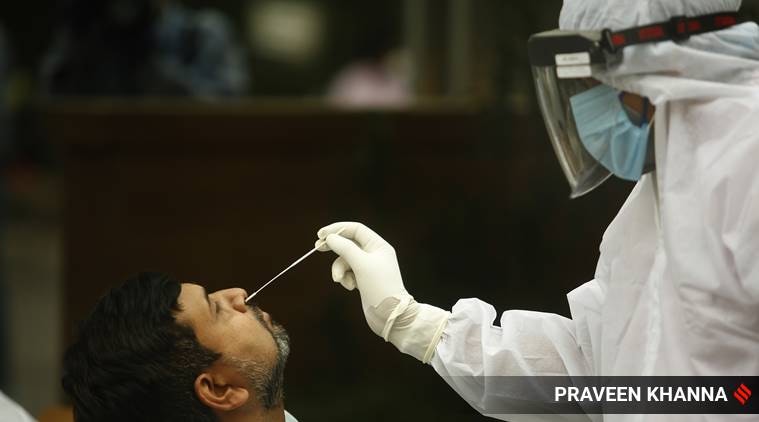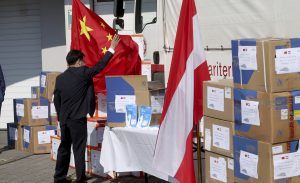No country has done universal testing for a proper random sample either. The ICMR has told us more than 75 per cent of Indian patients will be asymptomatic. Who do we test? Those who show symptoms, those who have been in contact with confirmed patients and those who suffer from severe respiratory diseases. Most countries do something similar.
There is risk and there is uncertainty. Since the days of Frank Knight, economists have differentiated between the two. Risk has a known probability distribution. For uncertainty, the probability distribution is unknown. COVID-19 makes us confront uncertainty, not risk. In either event, agents maximise expected payoffs. For risk, there is a given probability distribution that can be used by everyone. For uncertainty, there is a subjective probability distribution, which can, and does, vary from individual to individual.
How do I devise this subjective probability distribution? Through information and experience I already possess. There are various rationality assumptions used by economists. They are often violated. Otherwise, behavioural economics wouldn’t have taken off. Typically, given a situation, when your decision doesn’t agree with mine, I say you are irrational. However, with uncertainty, the problem may not be with rationality assumptions, but with differences in subjective probability distributions. Because of COVID-19, there is a certain risk of getting infected. Let’s call this the infection rate — total infections divided by the total population. Do I know what this infection rate is, for India, or for any other country for that matter? I don’t. I am not being pedantic. To the best of my knowledge, no country has done universal testing.









/54.34722568749997,32.037594626972,6/421x337.png?access_token=pk.eyJ1IjoiZGFsdG9ud2IiLCJhIjoiOWdSSXFQSSJ9.HZyjh4g3TAAOAncwelv9Vw)



